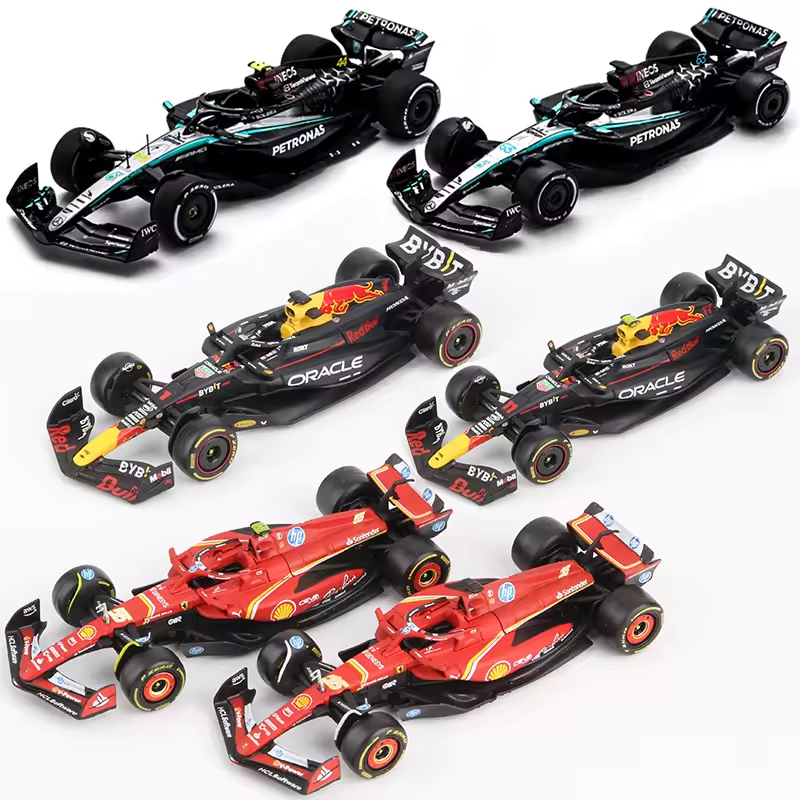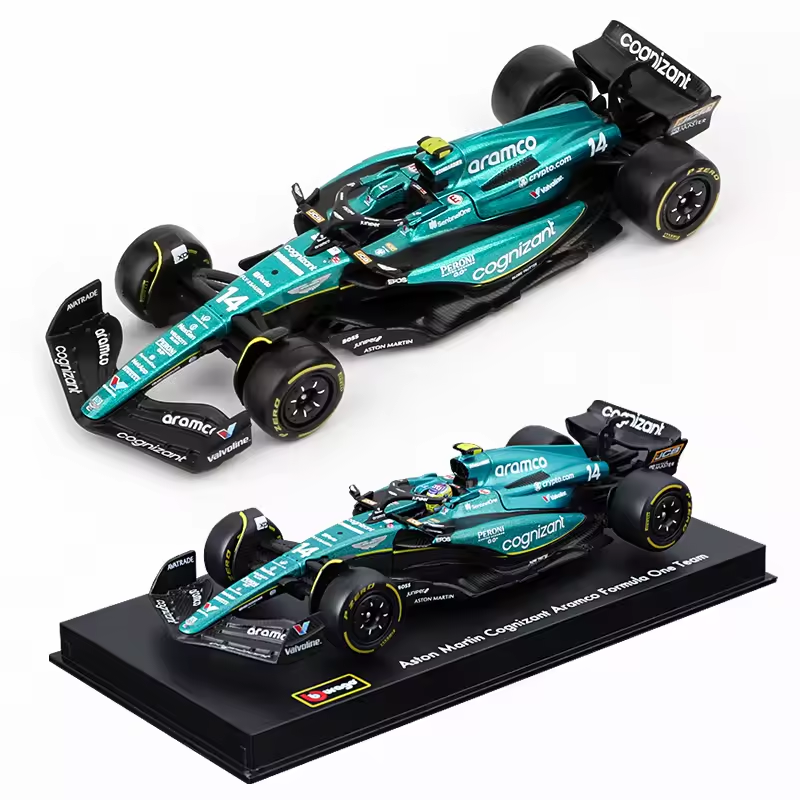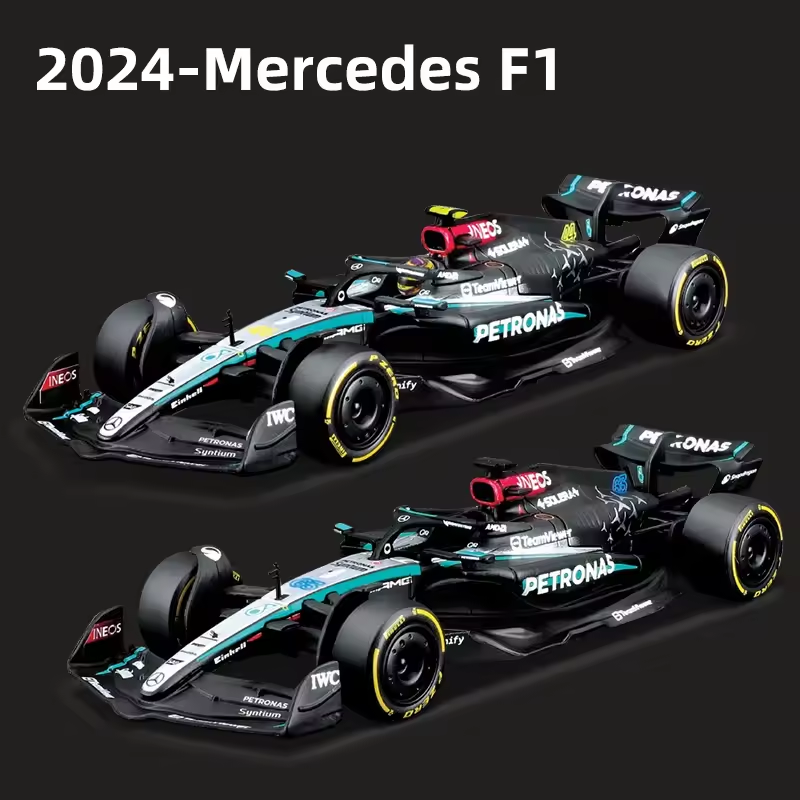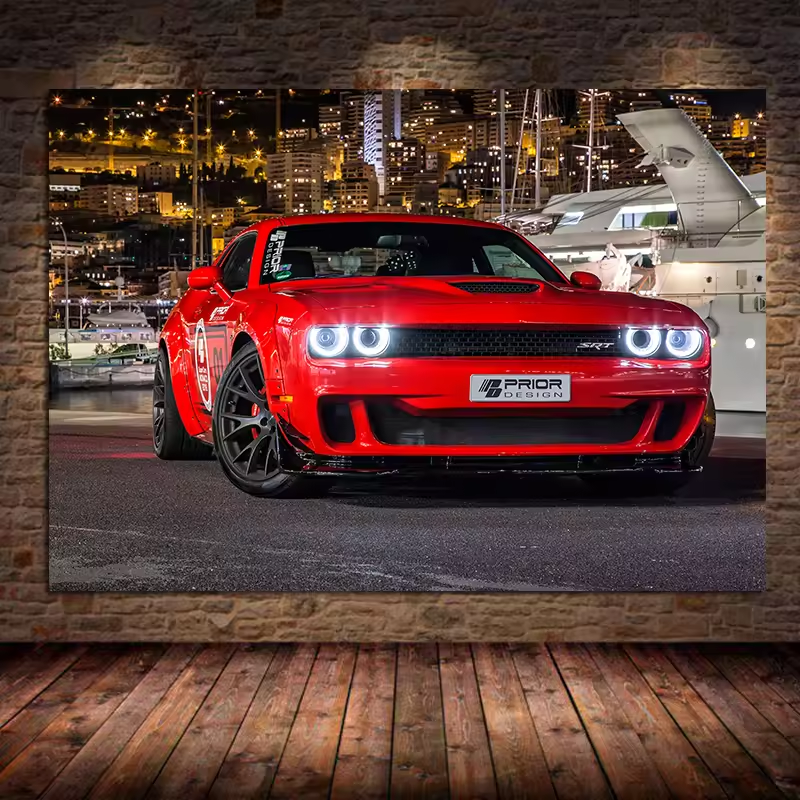What Are Rally Cars? A Technical Breakdown
Rally cars are purpose-built machines engineered to conquer unpredictable terrain, weather, and high-speed conditions. Unlike road-legal vehicles, rally cars undergo radical modifications to enhance performance, durability, and driver control. Here’s a deep dive into their core components:
- Engine Specifications:
- Power Output: Modern World Rally Championship (WRC) cars like the Toyota GR Yaris Rally1 produce 380–420 horsepower using hybrid systems.
- Fuel Efficiency: Optimized for short bursts but prioritized over endurance due to controlled rally stages.
- Suspension and Chassis:
- Independent Double-Wishbone Setup: Provides precise control on uneven surfaces (e.g., Subaru WRX STI’s suspension).
- Rigid Chassis: Reinforced with carbon fiber to reduce flex and improve handling.
- Tires and Braking:
- Studded Tires: Illegal in WRC but used in Scandinavian rallies for ice grip.
- High-Performance Brakes: AP Racing ceramic discs ensure rapid deceleration from speeds exceeding 150 mph.
- Safety Features:
- Roll Cages: Mandatory in competitions like WRC for driver protection.
- Fire Suppression Systems: Automatically deploy in emergencies.
Transition: The evolution of rally cars is a story of innovation driven by decades of competition.
 The Evolution of Rally Cars: From Ford Escorts to Hybrid Monsters
The Evolution of Rally Cars: From Ford Escorts to Hybrid Monsters
Rally cars have transformed dramatically since the 1960s, shaped by technological advancements and regulatory changes. Here’s a timeline of pivotal developments:
- 1960s–1970s: The Era of Modified Street Cars
- Ford Escort Rally Cars: Dominated races with their lightweight design and 2.0L inline-4 engines.
- Lotus Cortina: A rear-wheel-drive icon in the Monte Carlo Rally.
- 1980s–1990s: Turbocharging and Four-Wheel Drive
- Subaru Legacy RS: Introduced AWD and turbocharged engines (e.g., 2.0L 24-valve unit).
- Lancia Delta Integrale: Won three WRC titles with its 2.0L turbo engine and precision handling.
- 2000s–2010s: Aero and Electronics Dominate
- Citroën DS3 WRC: Used advanced aerodynamics and traction control systems to dominate the 2010s.
- Hybrid Integration: Toyota’s GR Yaris Rally1 (2022) became the first hybrid WRC car, blending a 1.6L turbo engine with electric motors.
Example: The Ford Escort RS Cosworth (1979) could hit 130 mph, but modern Toyota GR Yaris Rally1 reaches 175 mph with better grip.
Top Rally Car Manufacturers and Their Legacy
Certain brands have left an indelible mark on rally history. Here’s a look at their contributions:
- Subaru:
- Legacy RS: A trailblazer in AWD technology.
- Impreza WRX STI: Dominated 1995–2007 with 22 WRC wins.
- Ford:
- Escort Mk II: Won the 1979 Monte Carlo Rally.
- Focus RS WRC: Competed in the 2000s with 3.0L turbo engines.
- Citroën:
- Xsara WRC: Won 53 rallies between 2001–2006.
- DS3 WRC: A modernized hatchback with 330 horsepower.
- Toyota:
- Corolla Rally Car: Competed in the 1990s with 4WD systems.
- GR Yaris Rally1: The current hybrid leader.
 How Rally Cars Are Modified for Competition
How Rally Cars Are Modified for Competition
Rally cars undergo radical modifications to transform stock road vehicles into high-performance machines capable of conquering rough terrain, extreme weather, and high speeds. These changes prioritize durability, driver control, and adherence to competition regulations like the FIA World Rally Championship (WRC). Here’s a detailed breakdown of key modifications:
1. Engine Modifications for Power and Reliability
The engine is the heart of a rally car, requiring both brute power and endurance:
- Turbocharging and Supercharging:
- Turbochargers: Preferred for consistent boost at varying altitudes.
- Example: The Subaru WRX STI Rally Car uses a 2.0L turbocharged boxer engine producing 300+ horsepower.
- Ford Escort RS Cosworth (1979): Equipped with a 16-valve turbo engine for its era-defining performance.
- Fuel Systems:
- High-flow injectors and racing-grade fuels (e.g., Shell V-Power) enhance combustion efficiency.
- Cooling Solutions:
- Reinforced radiators and oil coolers prevent overheating during prolonged stages.
2. Transmission and Drivetrain Adjustments
The drivetrain must deliver power effectively to the wheels while handling rapid shifts:
- Sequential Gearboxes:
- Xtrac transmissions: Used in WRC cars for lightning-fast shifts (e.g., Citroën DS3 WRC).
- Gear ratios optimized for rally stages (e.g., short bursts on gravel vs. high-speed forest roads).
- Four-Wheel Drive (4WD) Systems:
- Center Differentials: Control torque distribution between axles.
- LSD (Limited-Slip Differentials): Prevent wheel spin on loose surfaces (common in Toyota GR Yaris Rally1).
3. Suspension and Chassis Reinforcement
Suspension systems are tuned for both comfort and control over uneven surfaces:
- Double-Wishbone Setup:
- Provides precise wheel alignment and minimal suspension travel loss (e.g., Ford Fiesta WRC).
- Damping Systems:
- Adjustable coilovers: Allow drivers to tweak stiffness for gravel, tarmac, or snow.
- Anti-roll bars: Reduce body roll during high-speed turns.
- Rigid Chassis:
- Reinforced with carbon fiber or aluminum honeycomb structures (e.g., Subaru Impreza WRX STI).
4. Airfoil and Aero Package Enhancements
Aerodynamics improve stability at high speeds but must balance lift reduction and downforce:
- Front Splitters:
- Reduce lift at the front axle, crucial for maintaining traction (e.g., Citroën DS3 WRC).
- Rear Wings:
- Generate downforce on fast stages (e.g., Hyundai i20 WRC’s adjustable wing).
- Underbody Panels:
- Smooth airflow beneath the car for better weight distribution.
5. Weight Reduction Techniques
Every kilogram saved improves acceleration and handling:
- Material Substitutions:
- Carbon Fiber Components: Used for hoods, fenders, and interior panels.
- Aluminum Engine Blocks: Found in modern engines like the Toyota GR Yaris’s 1.6L turbo.
- Component Removal:
- Non-essential parts (e.g., sound deadening, decorative trim) are stripped.
6. Tire Choices and Wheel Setup
Tires are tailored to specific rally conditions:
- Gravel Tires:
- Michelin Rally Shinkansen: Grooved patterns for grip on loose surfaces.
- Snow/Ice Tires:
- Studded tires (e.g., Pirelli Scorpion Winter) for icy stages (e.g., Sweden Rally).
- Wheel Design:
- Lightweight alloys reduce unsprung weight, improving suspension response.
7. Safety and Driver Protection
Safety modifications are critical for high-speed impacts and rollovers:
- Roll Cages:
- Reinforced steel structures mandatory in WRC.
- Fire Suppression Systems:
- Automatically deploy when sensors detect flames or smoke.
- Driver Seats:
- Custom-molded to enhance ergonomics and withstand g-forces (e.g., Sparco racing seats).
8. Electronics and Driver-Aid Systems
Modern rally cars rely on advanced electronics for control and consistency:
- Traction Control (TC):
- Monitors wheel slip and adjusts engine power (e.g., Subaru Impreza STI’s STI ECU).
- Launch Control:
- Ensures optimal acceleration out of corners without wheel spin.
- Telemetry Systems:
- Log real-time data (suspension travel, engine load) for post-rally analysis.
 Case Study: The Evolution of Ford Escort Rally Cars
Case Study: The Evolution of Ford Escort Rally Cars
The Ford Escort (1960s–1990s) exemplifies how rally cars evolve over decades:
- 1970s Ford Escort Mk II:
- Engine: 1.6L inline-4 producing 115 horsepower.
- Suspension: Basic leaf springs on rear axle.
- Wins: Dominated the 1979 Monte Carlo Rally.
- 1990s Ford Escort RS Cosworth:
- Engine: 1.8L turbocharged engine (200 horsepower).
- Chassis: Reinforced with anti-roll bars and adjustable dampers.
- Legacy: Set the benchmark for turbocharged rally cars.
The Role of Technology in Modern Rally Cars
Advancements in electronics and data analytics have revolutionized rally racing:
- Driver-Aid Systems:
- Traction Control (TC): Automatically adjusts wheel spin.
- Launch Control: Ensures optimal starts on slippery surfaces.
- Data Logging:
- Telemetry Systems: Track suspension travel, engine load, and GPS data in real time.
- Post-Rally Analysis: Engineers use data to tweak setups between stages.
- Simulation Software:
- Teams like Toyota Gazoo Racing use Simulink to model car behavior on virtual tracks.
- Hybrid Powertrains:
- Toyota GR Yaris Rally1’s 4WD system: Combines a 1.6L turbo engine with a 134-hp electric motor for all-terrain dominance.
 Famous Rally Cars and Their Achievements
Famous Rally Cars and Their Achievements
Certain models are synonymous with rally success. Here are their milestones:
- Subaru Impreza WRX STI:
- 5 Drivers’ Championships (1995–2002).
- Defeated Ford Focus RS WRC in the 2000s.
- Citroën Xsara WRC:
- 53 Rally Wins (2001–2006).
- Known for its 315-horsepower engine and agile handling.
- Ford Fiesta WRC:
- Won the 2017 WRC title with Ott Tänak.
- Featured a 1.6L turbo engine paired with advanced electronics.
- Ford Escort RS Cosworth (1979):
- Revolutionized rallying with its 16-valve engine and lightweight chassis.
- Inspired modern models like the Focus RS.
The Future of Rally Cars: Sustainability and Innovation
The rally industry faces pressure to reduce environmental impact while advancing technology:
- Hybrid WRC Regulations:
- Rally1 Class: Mandates hybrid systems by 2026 to cut CO2 emissions.
- Electric Rally Cars:
- eWRC (Electric World Rally Championship) debuted in 2024 with 100% EV models.
- Driver Safety Enhancements:
- Carbon Fiber Cockpits: Replace heavier steel components.
- Advanced Seat Belts: Offer better torso support during crashes.
- Cost Reduction Initiatives:
- Rally Car Sharing Programs: Teams pool resources to reduce expenses.
 How to Prepare for a Rally Car Journey: Tips for Aspiring Drivers
How to Prepare for a Rally Car Journey: Tips for Aspiring Drivers
Becoming a rally driver requires skill, physical fitness, and strategic planning. Here’s a roadmap:
- Training:
- Simulators: Use rFactor 2 or iRacing to practice stages.
- Autocross Events: Build confidence in controlled environments.
- Equipment:
- Multi-Function Display (MFD): Monitor engine RPM, speed, and gear position.
- Communicators: Receive real-time updates from co-drivers.
- Budgeting:
- Entry-Level Rally Cars: Renault Clio R3T (€60,000–€80,000).
- Pro Tips: Start in local championships before WRC.
- Mental Preparation:
- Scenario Training: Practice decision-making in unpredictable conditions.
Conclusion
Rally cars are engineering marvels shaped by decades of innovation and competition. From the legendary Ford Escort rally cars to the hybrid-driven Toyota GR Yaris, these machines embody speed, precision, and resilience. Whether you’re a fan of historical icons or excited about hybrid-powered futures, rally cars remain a symbol of automotive excellence. With sustainability and technology at the forefront, the next chapter of this thrilling sport promises even greater breakthroughs.


